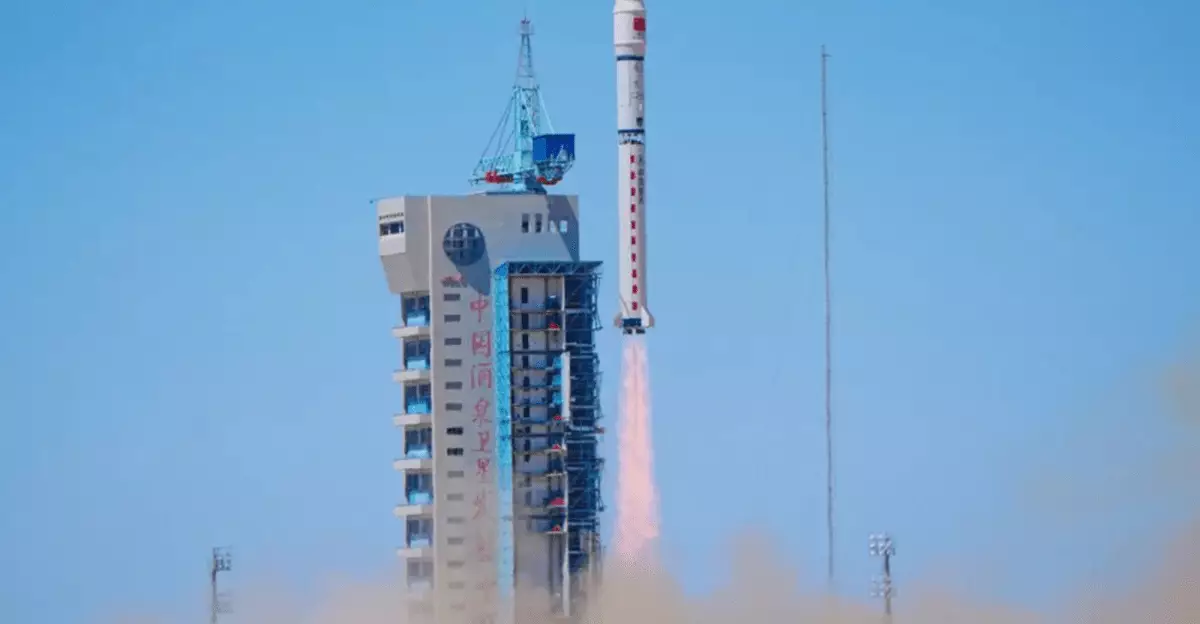China’s recent launch of the first cohort of satellites in its ambitious 2,800-satellite network has only begun to scratch the surface of what could be a transformative leap in both space technology and artificial intelligence applications. The project, spearheaded by ADA Space, Zhijiang Laboratory, and Neijang High-Tech Zone, aims to create a self-sufficient orbital supercomputer network capable of executing vast amounts of data processing beyond terrestrial limitations. This monumental initiative could redefine how we understand communications, data analysis, and AI functionality in the cosmos.
Pushing the Limits of AI Power
Each of the twelve satellites boasts an onboard AI model with a staggering 8 billion parameters, operating at an impressive 744 tera operations per second (TOPS). While these numbers might seem unfathomable, the real game-changer lies in the collective power of these satellites, which can achieve a monumental 5 peta operations per second (POPS). For context, this is significantly higher than what current AI systems, such as Microsoft’s Copilot, can manage with ease. The implications of this processing power extend into a multitude of sectors—one can envision applications ranging from real-time disaster response to enhanced data analytics in scientific research.
Revolutionizing Data Transmission
Perhaps one of the most compelling aspects of ADA Space’s approach is its innovative data transmission technology. By utilizing laser communication with incredible speeds of up to 100 Gbps, these satellites can share information almost instantaneously. This is a critical advancement considering the bottlenecks faced by traditional satellite communication—where less than 10% of generated data reaches Earth due to bandwidth limitations and ground station hurdles. The ability to transmit data rapidly and efficiently can open new horizons for industries that rely on real-time information, such as meteorology, environmental monitoring, and telecommunications.
Beyond Conventional Applications
The applications of such advanced technology are not limited to straightforward calculations or communications. According to ADA Space, the satellites are equipped with the capability of generating 3D digital twin data. This technology has immense potential in varied fields including gaming, tourism, and emergency management. Imagine virtual tourist experiences emulating real-world locations or deeply immersive interactive gaming environments. Equally important, in emergency situations, creating accurate 3D models can significantly enhance response strategies and resource allocation.
A Global Shift in Technological Powers
While the advancements being made by China through ADA Space’s initiatives are exciting, they also highlight the geopolitical dynamics of technology and space exploration. The capabilities of this network may create disparities in technological power on a global scale. As nations strive to gain the upper hand in AI and satellite technology, the competitive landscape may fuel innovation but also raise ethical and practical concerns. Will software surveillance and data privacy be compromised in this rush for advanced capabilities? Will other countries feel the need to ramp up their own space initiatives in response? The answers to these questions will undoubtedly shape a new chapter in international relations and highlight the complexities of technological advancement in the 21st century.
The potential for innovation, data utilization, and rapid communication serves as evidence that we are on the cusp of a profound shift that could change the fabric of society in multiple ways.


Leave a Reply